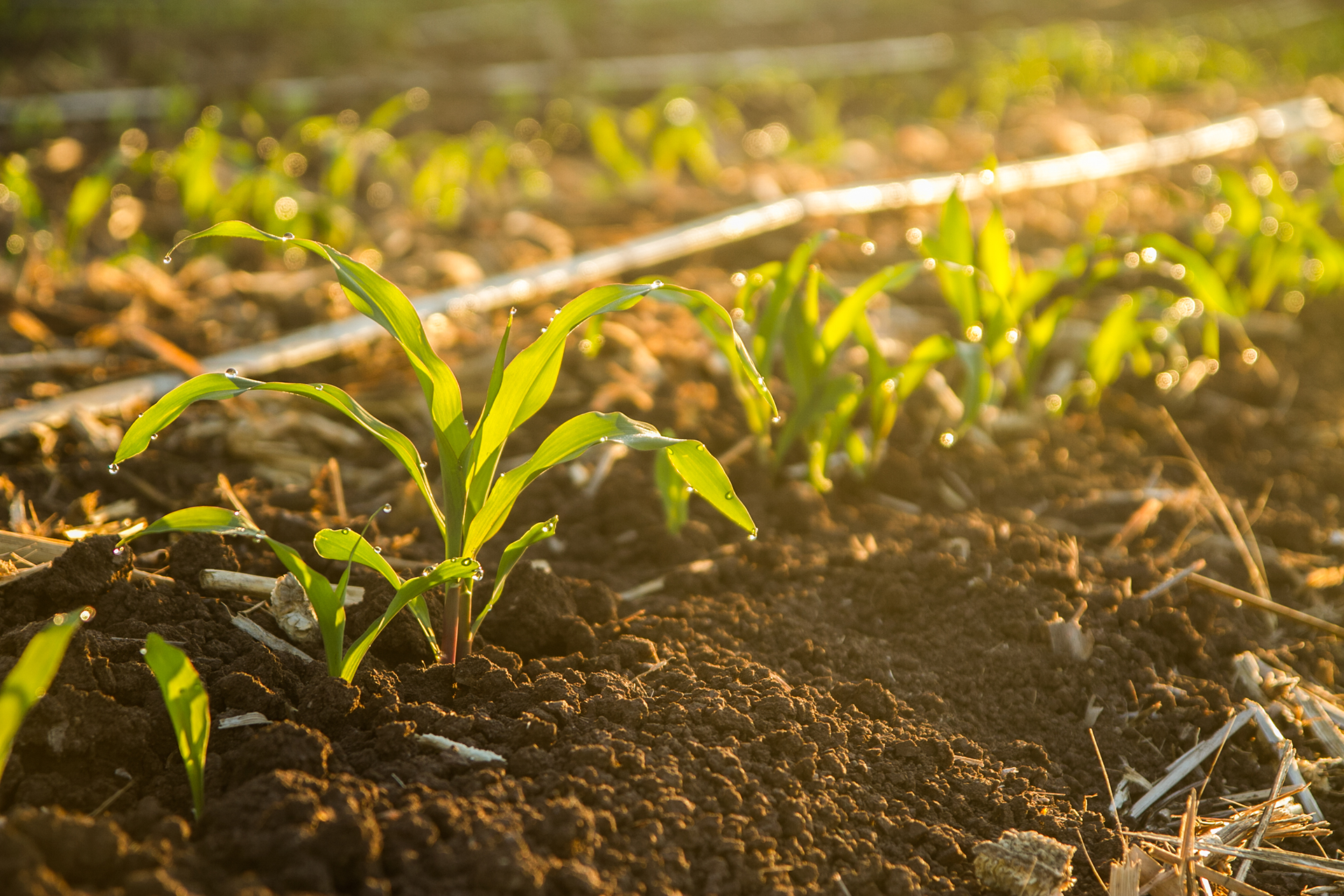Crop production has evolved throughout the years, spurred on by the speed of technological advancement. With an array of digital tools at their disposal, farmers can run far more efficient and robust operations than they could just a decade ago. As agri-technologists learn more about how data can be harnessed to optimise yield and cultivate crops sustainably, the life of a farmer may look markedly different in the near future than what it does now.
This is the opinion of Garth Van Rooyen, Manager of Agronomic Development and Innovation at Omnia Agriculture who says that developments in fertilizers and crop protection are set to become key drivers of innovation within agriculture. “Precision farming has introduced a new level of efficiency, productivity and sustainability to the world of agriculture.
“Traditionally, farmers have relied heavily on their accumulative knowledge, passed down from generations. Experience and sheer gut instinct were their finest tools. Now they have technology to sharpen those tools,” he says.
Farmers’ ‘eye in the sky’
Satellite imagery plays a crucial role in precision farming by offering real-time data on crop health, soil conditions, and environmental factors. By capturing images across various wavelengths, satellites help monitor plant vigor through indices like NDVI (Normalized Difference Vegetation Index), allowing farmers to detect early signs of stress, nutrient deficiencies or pest damage. These images also aid in assessing soil moisture and nutrient levels, enabling more efficient irrigation and fertilizer use.
Optimising every inch of the field
It’s common knowledge that not all farming land is created equal but, as Van Rooyen explains, the conditions in various parts of a field may also vary significantly. High-resolution field mapping – another agriculture technology innovation – allows for the identification of different zones within a farm, facilitating variable-rate application of inputs.
For example, Omnia’s Nutriology® model divides fields into management zones. The ‘OMNIZONE ™s’ are based on soil type, past crop performance, and other factors. Informed by this data, Omnia Agriculture’s precision farming tools help ensure that each area of the field receives exactly what it needs for optimal productivity.
Predictive tech for maximum productivity
Yield risk probability algorithms have been a game-changer in precision farming, offering farmers a powerful way to predict and manage uncertainties in crop yields. By analysing a broad range of data – such as soil quality, historical yields, weather forecasts, and crop health – these algorithms assess the likelihood of different yield outcomes, allowing farmers to anticipate and mitigate risks like drought, pests, and unfavorable growing conditions.
Omnia Agriculture currently employs these algorithms to forecast potential yield outcomes under different scenarios. This predictive capability empowers farmers to make data-driven decisions about planting schedules, crop selection, and resource allocation, ensuring that water, fertilizers, and pesticides are used more efficiently and effectively.
Add to that the human touch
These technological innovations cannot however replace the “value of having feet on the farm,” says Van Rooyen. “For this reason, we have dedicated agronomists who regularly visit farms to provide tailored advice based on real-time data and observations. This hands-on support ensures that farmers can quickly implement precision farming strategies and make data-informed decisions, addressing any challenges that arise during the growing season.”
Happy soil, happy yield
Of all the technological advancements made in the agri sector, those that influence and bolster the farmer’s knowledge on the condition of their soil are by far the most impactful. Speaking to this is Margaretha Brand, Laboratory Manager (OmniBio R&D & Routine) at Omnia Agriculture, who believes that “functional soil is a farmer’s true gold.”
She envisions a future where technology plays a crucial role in optimising soil health and improving farming efficiency through advanced monitoring tools. The goal, as she asserts is “not just to replenish soil but to enhance it for long-term sustainability.”
Those outside the realm of crop production may not fully understand the importance of constant soil monitoring and using fertilizer that has the perfect formula. Some may assume that after harvesting their crops, the process of retreating the soil and replanting is relatively simple, when in fact, it involves many complex calculations and forecasts.
At the bare minimum, farmers need to ensure crop rotation, but it’s equally as vital to use the right biostimulants together with a fertilizer that has been formulated to meet the needs of the unique piece of farming land. “Farming involves so much more than putting back what you take out. The composition of soil changes significantly depending on the type of outputs it produces over time.
“If you simply replant crops without the right soil preparation, it can dramatically increase the risk of disease. Likewise, if you simply dump fertilizer onto the land, you can over-fertilize, which can be hazardous to the long-term health of the crop,” she says.
In supporting farmers towards achieving this aim, Omnia Agriculture conducts detailed soil sampling to assess nutrient levels, pH, and other soil parameters. This data enables farmers to understand the variability within their fields, allowing them to apply fertilizers and amendments precisely where needed, improving crop performance, and reducing input costs.
“For farmers in South Africa, technology will become ever more crucial in gaining a competitive edge within the global market. Our farmers have embraced these innovations and have their finger on the pulse in terms of what’s new. We’ve seen the results of this in the quality of the fruit we produce and export as a country.
“As a trusted market leader, we invest heavily in ongoing research and development, because we know that farmers constantly need to test and adapt. As an agriculturalist, if you stand still, you end up going backwards,” she says.









